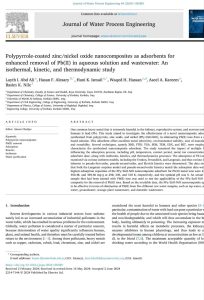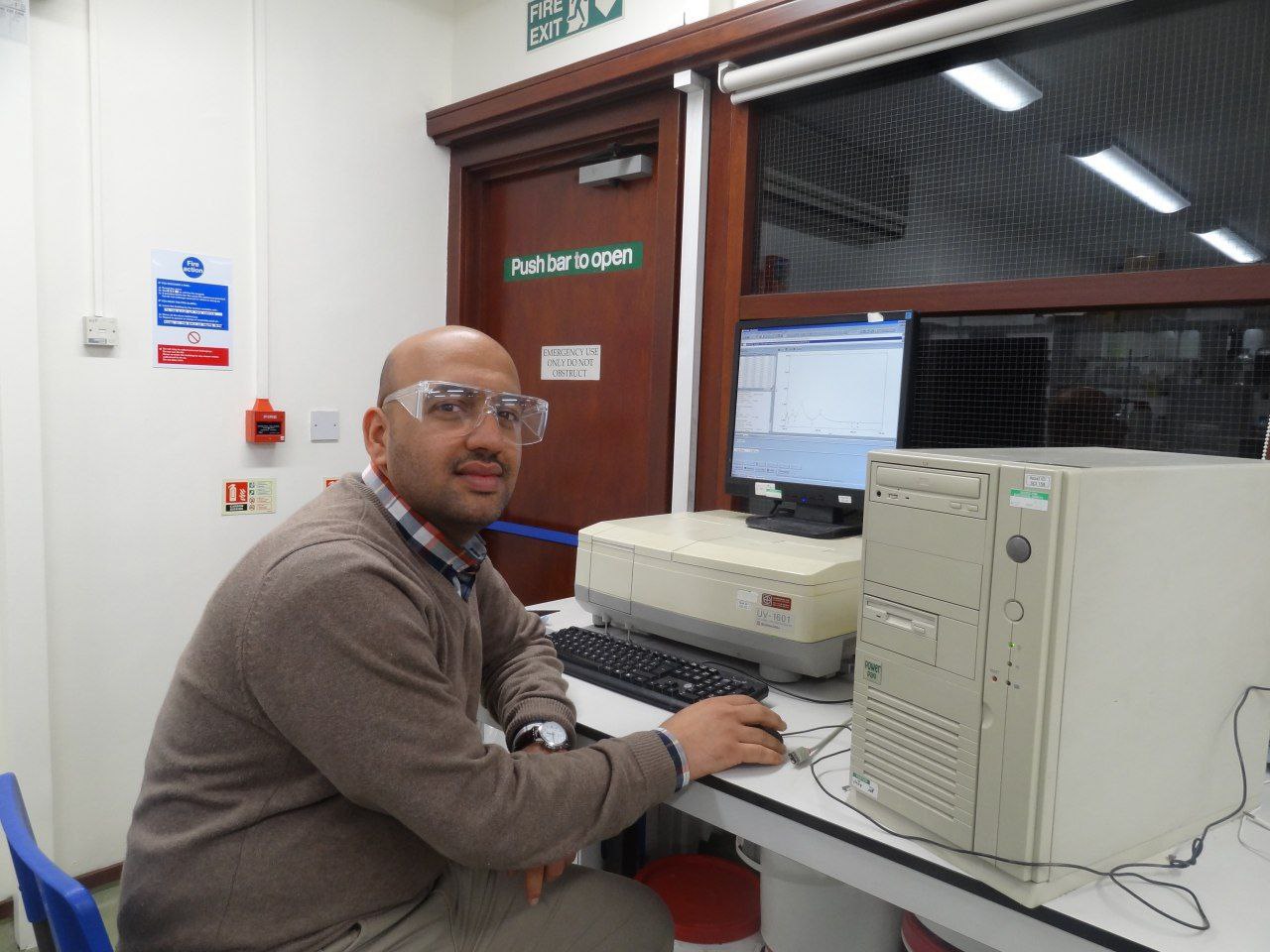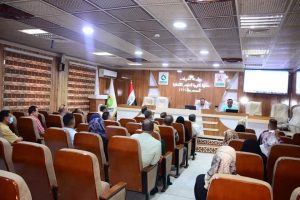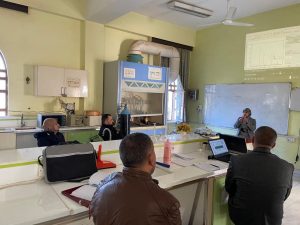Dr. Hasan F. Alesary, College of Science and director of Department of postgraduate Studies / University of Kerbala, in cooperation with Layth I. Abd Ali , Hani K. Ismail , Waqed H. Hassan , Aseel A. Kareem , Basim K. Nile, has published a scientific research which is entitled (Polypyrrole-coated zinc/nickel oxide nanocomposites as adsorbents for enhanced removal of Pb(II) in aqueous solution and wastewater: An isothermal, kinetic, and thermodynamic study), in a British journal which is (Water Process Engineering) Volume 64, July 2024, 105589 within Scopus and Clarivate classification, Q1 has an impact factor : 7 and a citescore: 11.4.
One common heavy metal that is extremely harmful to kidneys, reproductive system, and nervous system of humans is lead (Pb). This study aimed to investigate the effectiveness of a novel nanocomposite adsorbent, synthesised from polypyrrole, zinc oxide, and nickel (PPy/ZnO-NiO), in eliminating Pb(II) ions from a water-based solution. This adsorbent offers excellent metal selectivity, environmental stability, ease of manufacture, and reusability. Several techniques, namely XRD, FTIR, TGA, SEM, TEM, EDX, and BET, were employed to characterize the synthesised nanocomposite adsorbent. The study examined the impact of multiple factors influencing the adsorption process, including pH, temperature, contact period, metal ion concentration, and adsorbent dose, along with isotherms, kinetics, and thermodynamics processes. The adsorption of Pb ions was examined via various isotherm models, including the Temkin, Freundlich, and Langmuir, and thus various factors inherent to pseudo-first-order, pseudo-second-order, and Elovich kinetics were determined. The data revealed that both the Langmuir sorption model and pseudo-second-order kinetics match the adsorption data well. The highest adsorption capacities of the PPy/ZnO-NiO nanocomposite adsorbent for Pb(II) metal ions were 436.48, 450.48, and 469.56 mg/g at 298, 305, and 310 K, respectively, and the optimal pH was 5. An actual water sample that had been tainted with Pb(II) ions was used to test the applicability of the PPy/ZnO-NiO nanocomposite for the removal of Pb(II) ions. Based on the available data, the PPy/ZnO-NiO nanocomposite appears to be effective in terms of elimination of Pb(II) from five different raw water samples, such as tap water, surface water, groundwater, sewage plant wastewater, and domestic wastewater.
Dr. Hasan F. Alesary says that this study is used to purify polluted water from toxins and elements harmful to environment and public health, and it can be used in its application by using it in potable water projects supplied to citizens.
































































